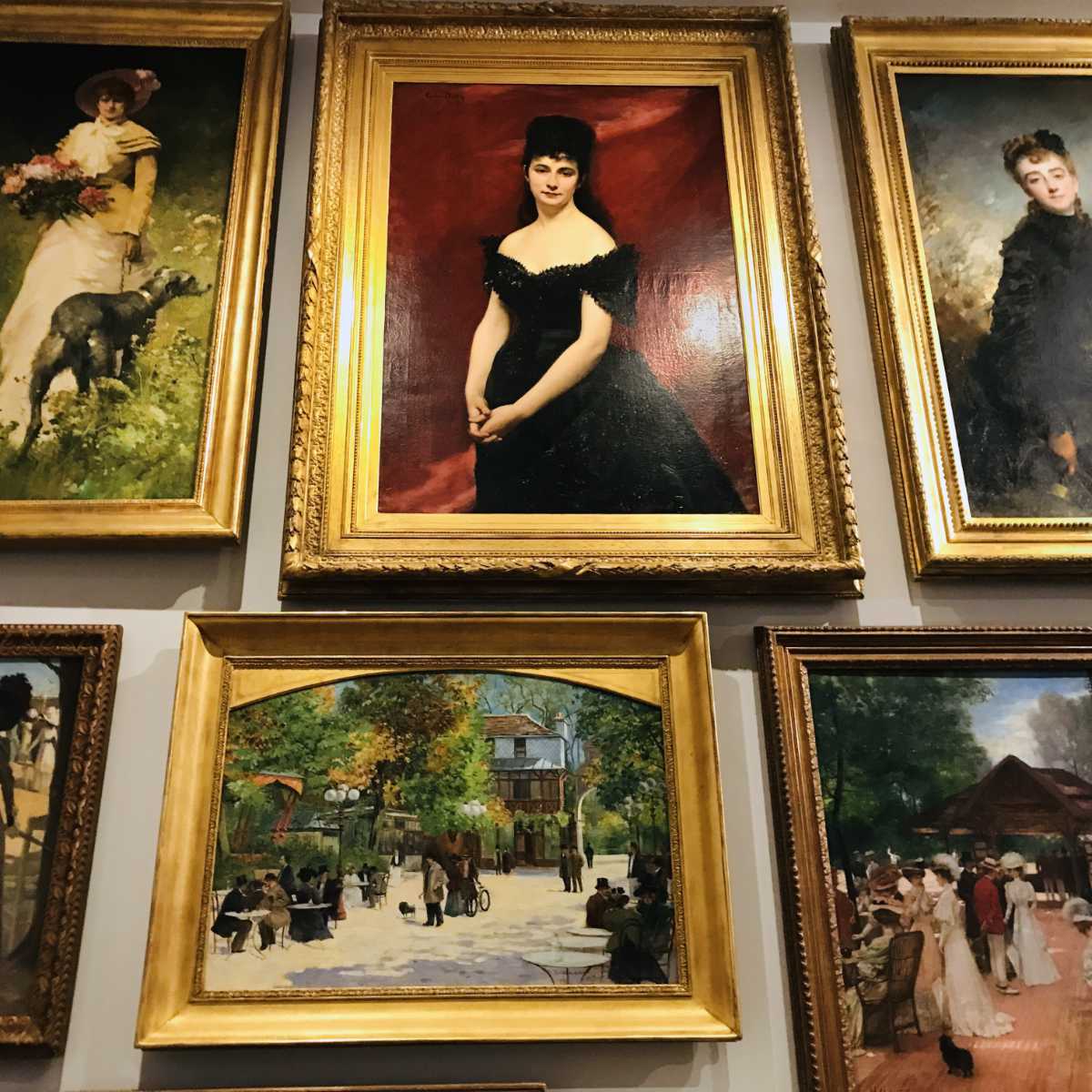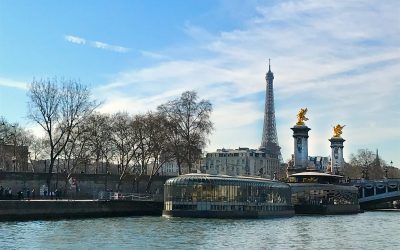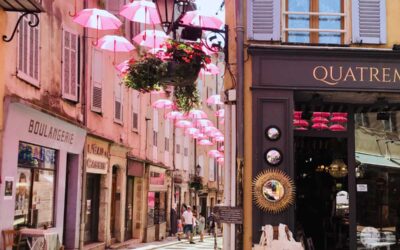In the land of museums and grand chateaux, art isn’t just a pastime; it is practically in the cultural DNA. French artists have been painting their way to glory since before the invention of the baguette, with a history of excellence and creativity.
Unfortunately like in other industries, women painters were not always able to get the same recognition as men did. The history of art however is full names of those talented female French artists who did manage to sashay their way to become internationally world-renowned.
These women didn’t just make waves, they created a tsunami of popular artworks that demanded attention. And that’s despite all the upheaval going on around them, from revolutions to wars and much more.
Widely celebrated as the crème de la crème, here are some of the best French female artists along with stories of their personal lives, their achievements, and their works of art. Allons-y!
- 1. Elisabeth Vigee Le Brun (1755 – 1842)
- 2. Marie-Guillemine Benoist (1768 – 1826)
- 3. Marie Braquemond (1840 – 1916)
- 4. Sonia Delaunay (1885 – 1979)
- 5. Anne Vallayer-Coster (1744 – 1818)
- 6. Adélaïde Labille-Guiard (1749 – 1803)
- 7. Camille Claudel (1864 – 1943)
- 8. Rosa Bonheur (1822 – 1899)
- 9. Marie Tussaud (1761 – 1850)
- 10. Suzanne Valadon (1865 – 1938)
- 11. Hélène de Beauvoir (1910 – 2001)
- 12. Amélie Beaury-Saurel (1849 – 1924)
1. Elisabeth Vigee Le Brun (1755 – 1842)
Madame le Brun as she was known, was a prominent artist in the 18th century, particularly serving as the portrait painter to Queen Marie Antoinette.
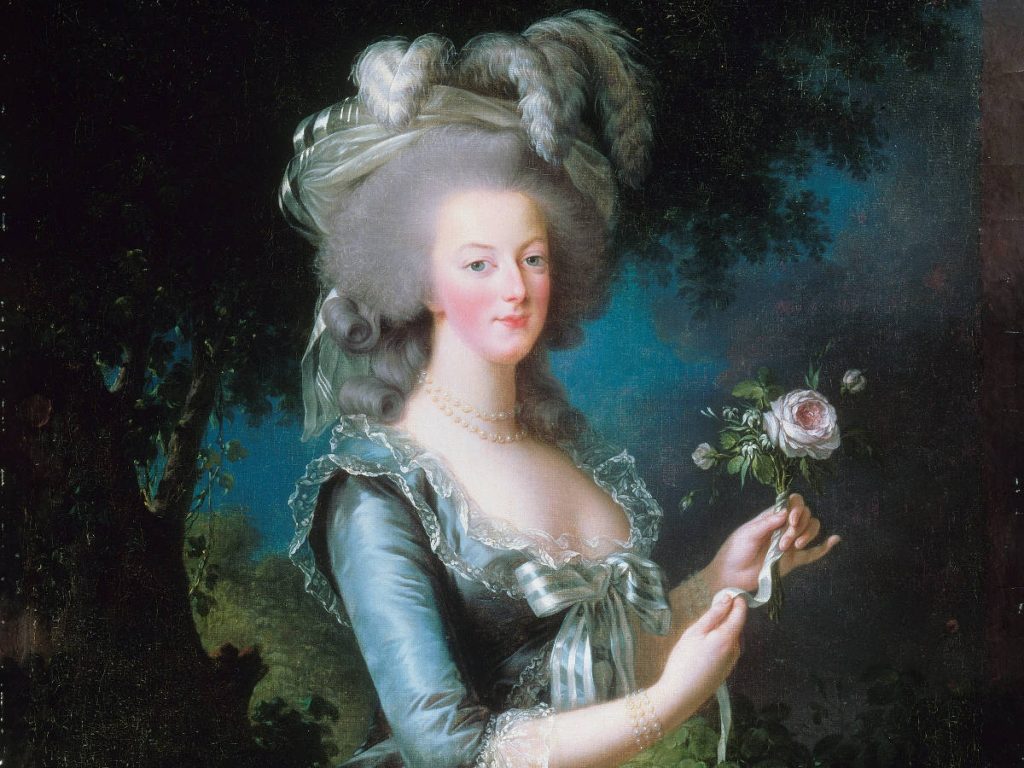
She painted several famous paintings of Marie-Antoinette, including paintings of the Queen and her family.
On 31 May 1783, Vigée Le Brun was admitted as a member of the Académie royale de peinture et de sculpture. She was one of only 15 women to be granted full membership in the Académie between 1648 and 1793, with her rival, Adélaïde Labille-Guiard, being admitted on the same day.
She fled France after the revolution, although she was able to return during the Napoleonic era. Today, her paintings are owned by major museums, such as the Louvre, Hermitage Museum, National Gallery in London, and Metropolitan Museum of Art in New York.
2. Marie-Guillemine Benoist (1768 – 1826)
Marie-Guillemine Benoist was a French neoclassical and historical painter who began her training under Élisabeth Vigée Le Brun, before she entered Jacques-Louis David’s atelier. (As mentioned above, Jacques-Louis David was the official artist of Napoleon Bonaparte.)
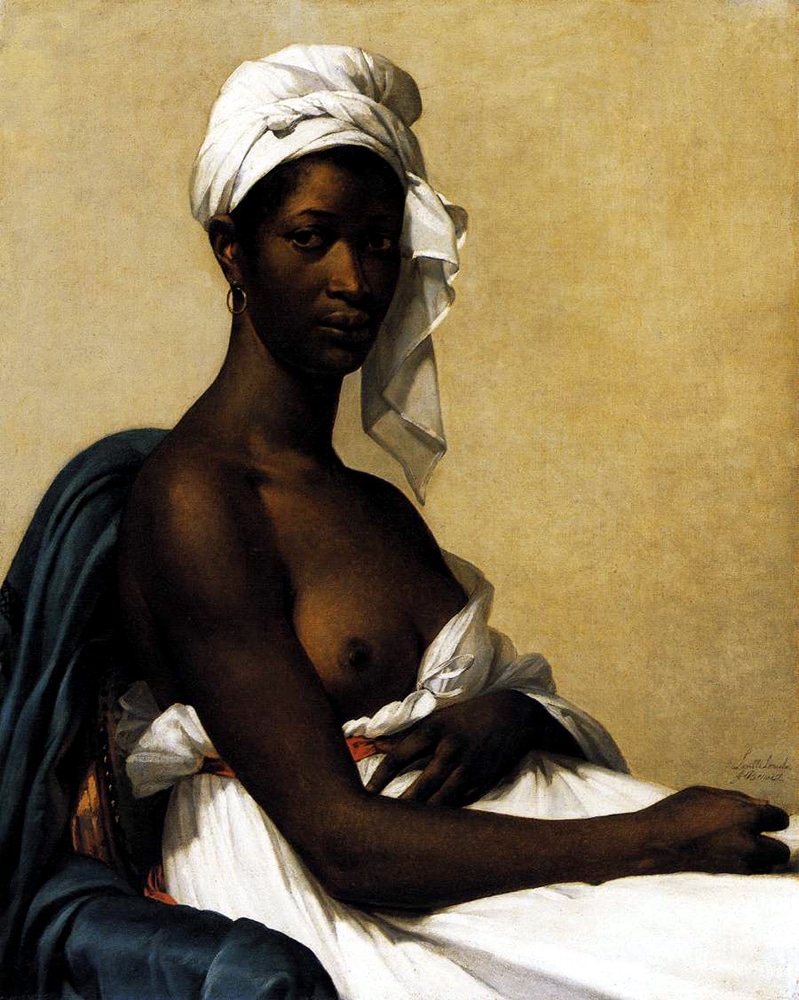
While she painted many important works, one of her most famous is this portrait of an emancipated slave which was painted 6 years after the abolition of slavery.
It became a symbol for the emancipation of women and black people, and today hangs in the Louvre.
3. Marie Braquemond (1840 – 1916)
Marie Braquemond was a female French Impressionist artist in a male-dominated field. She had begun painting in her teens, and was so good that at the age of 17, one of her paintings was accepted for exhibition at the famed annual Salon de Paris.

However, her husband was not supportive. Married to fellow artist Félix Bracquemond, she was often overlooked due to the jealousy of her husband who “disliked impressionism” at the expense of his own wife.
However, she soon found friendship and mentorship with artists like Claude Monet, Edgar Degas, Edouard Manet, and Henri-Paul Gaugin, gaining confidence in her own style and techniques.
Towards the end of her life, she was described as one of “les trois grandes dames” of Impressionism alongside French painter Berthe Morisot and American Mary Cassatt (who lived in Paris).
4. Sonia Delaunay (1885 – 1979)
Born in Odessa to Jewish parents, Sonia Delaunay moved to France in 1905 at the age of 20 and become a French citizen.
She would meet and marry fellow artist Robert Delaunay and the two were at the forefront of the Orphism art movement, noted for its use of strong colours and geometric shapes. Beyond paintings, she integrated her her artwork into furniture, carpets, fabrics, wall coverings, and clothing.
She was the first living female artist to have a retrospective exhibition at the Louvre Museum in 1964, and in 1975 was named an officer of the French Legion of Honor.
5. Anne Vallayer-Coster (1744 – 1818)
Known for her still lifes, Anne Vallayer-Coster achieved fame and recognition very early in her career.
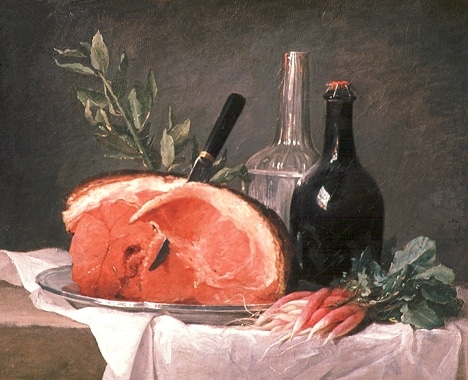
She was admitted to the Académie Royale de Peinture et de Sculpture in 1770, at the young age of twenty-six. With the fall of the monarchy during the revolution, she lost many of her patrons, but continued to paint well into later years.
6. Adélaïde Labille-Guiard (1749 – 1803)
French artist Adélaïde Labille-Guiard was a strong advocate for women to receive the same opportunities as men to become great painters.
The youngest of 8 children, she was one of the first women to become a member of the Royal Academy. Although initially a painter for Marie-Antoinette and the Royal Family, she managed to survive the 1789 Revolution as she came from a middle-class background.

In 1795 after the height of the Revolution, she obtained artist’s lodging at the Louvre and a new pension of 2,000 livres. She was the first woman artist to be permitted to set up a studio for herself and her students at the Louvre.
7. Camille Claudel (1864 – 1943)
One of France’s most famous female sculptors is Camille Claudel. She was a student of Auguste Rodin who she met at the age of 18, and started working for him in 1883 in his studio. She was 24 years his junior, and he was already one of the most prominent French artists of all-time.
It would take several decades after her death for some of Rodin’s work properly recognized as actually being the hand of Claudel and for her to get her vindication.
The two fell passionately in love and many of Rodin’s sculptures of females included the face of Camille. Their time together lasted 10 years after which Rodin took his new pupil as his mistress and marries his official companion.
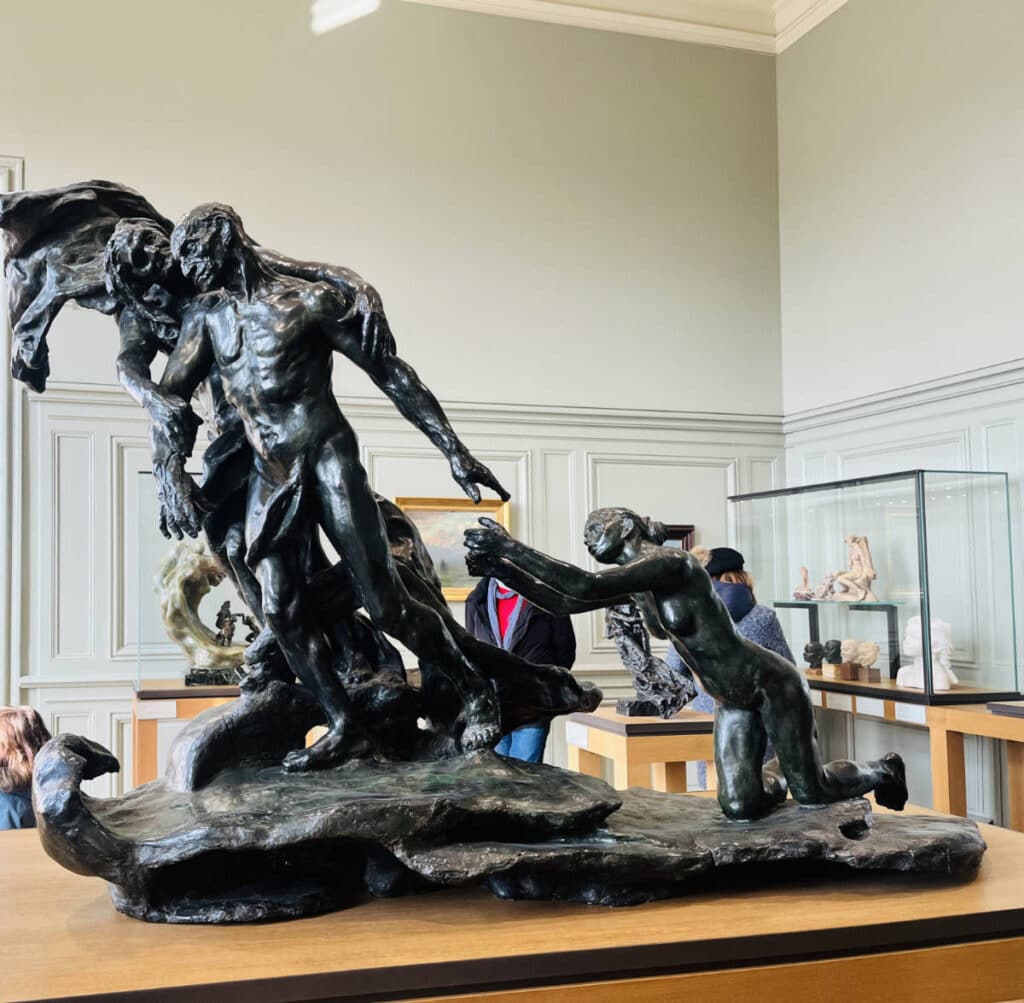
After their breakup, Camille Claudel continued to create but as a woman in a male-dominated world, she toiled in his shadow. She began to suffer from obsessions, with paranoia of persecution against Rodin, destroying a good portion of her own works.
Her brother Paul and their mother had her committed in 1913 for mental illness. Doctors and her friends would later declare that she was not insane, but her family refused to release her.
She died destitute at the age of 78 in 1943 in the middle of the German occupation of Paris, deprived after spending some 30 years in an asylum.
When Rodin died in 1917, he had asked for a permanent exhibition place for the works of Camille Claudel to be displayed in Musée Rodin. It was only in 1952 however, when Paul Claudel donated 4 major works by his sister to the museum.
8. Rosa Bonheur (1822 – 1899)
French artist Rosa Bonheur was widely considered to be the most famous female painter of the 19th century. Born in Bordeaux, she was known to wear men’s clothing and lived fairly openly with a female partner.
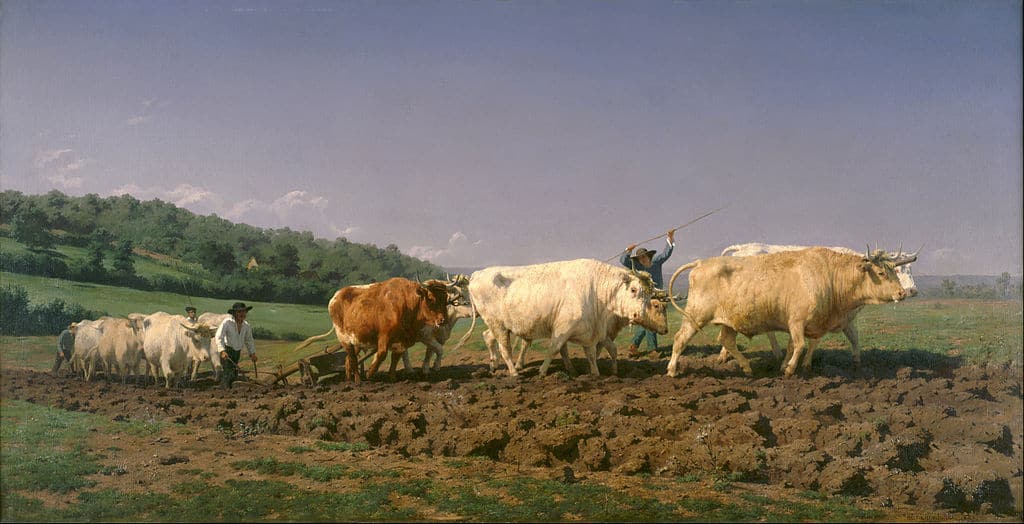
Her paintings were usually in a hyper-realistic style and she was decorated with the French Legion of Honour by the Empress Eugénie in 1865, as well as promoted to Officer of the Order in 1894.
These days, there is a famous series of bars named after her: the original Rosa Bonheur in Buttes Chaumont, Rosa Bonheur sur Seine near Pont Alexandre III, as well as a 3rd one in the Parisian suburb of Asnieres.
9. Marie Tussaud (1761 – 1850)
French sculptor Marie Tussaud may not be an artist in the traditional sense, but her wax sculptures were so life-like, her name remains iconic.
Madame Tussaud was born in Strasbourg, earning a living making portraits of the likes of celebrated philosophers Jean-Jacques Rousseau and Voltaire, and American ambassador Benjamin Franklin.
When 1789 French Revolution occurred, she was thought to be a royalist. Arrested and with her head shaved for execution, she was given a last minute reprieve. She was ordered to make death masks of the revolution’s famous victims, including Louis XVI, Marie-Antoinette, Princesse de Lamballe, Marat, and Robespierre.
In 1802, she went to England and found herself unable to return due to the conflict between Napoleon and the English, having left her husband back in France. They would never see each other again.
Her son later joined the family business in England, going on to launch the famous Madame Tussauds that has installations in several cities around the world.
Interestingly, there has never been a Madame Tussauds in France, with the closest imitation being Musée Grévin in Paris that opened in 1882.
10. Suzanne Valadon (1865 – 1938)
Suzanne Valadon started out as a model at the age of 15 for many famous French artists. She appeared in such paintings as “Dance at Bougival” and “Dance in the City” by Pierre-Auguste Renoir.
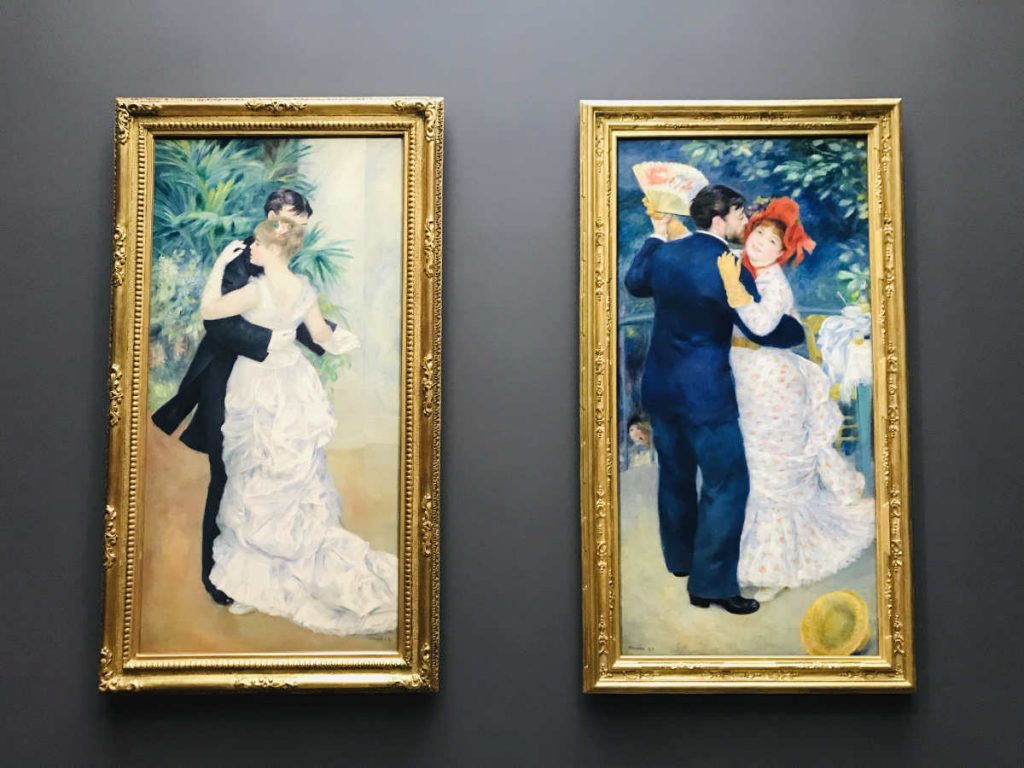
Another famous painting was “Suzanne Valadon” by Henri de Toulouse-Lautrec, who became her lover for a while. She began watching their techniques and soon launched her own career as an artist and painter, much much encouragement from Edgar Degas, Renoir, and Lautrec.

In 1894, Valadon became the first woman painter admitted to the Société Nationale des Beaux-Arts. You can find some of her works at the Musée de Montmartre in Montmartre (18th) and Centre Pompidou in the 4th arrondissement of Paris.
11. Hélène de Beauvoir (1910 – 2001)
Henriette-Hélène de Beauvoir is the younger sister of famed French philosopher and writer Simone de Beauvoir. Like her sister who was a feminist writer, and Hélène’s paintings related to feminist subjects and women’s issues.
And it would be Hélène found fame first. In 1936 when she was 25 and had her first exhibition in Paris. Even Pablo Picasso is believed to have exclaimed at the originality of her work.
She found herself stuck outside of France during the German occupation in WWII, continuing her work in relative anonymity in Portugal. Her sister and brother-in-law philosopher Jean-Paul Sartre would continue their resistance in Paris.
But it would be the events of the mass protests May 1968 where Hélène’s works really took off. Her paintings full of fury and hope were said to represent the youth in France. This led to much fame both in France and internationally, with her work now exhibited all over the world.
12. Amélie Beaury-Saurel (1849 – 1924)
Amélie Beaury-Saurel was a French painter born in Barcelona to French parents. Her name “Saurel” was in recognition of her mother’s aristocratic family who could trace their lineage to the Byzantine emperors of the 11th century.

After growing up in Spain and Corsica, she moved to a famed private art-school the Academie Julian, where she honed her craft. She quickly attracted attention, exhibiting her works at the annual Salon de Paris from the age of 26.
She was awarded with a 3rd Medal in the Salon de Paris in 1885 and a bronze medal in 1889 World’s Fair.

If you enjoyed that article, you may like to read more about famous French female writers and poets. A bientôt!
